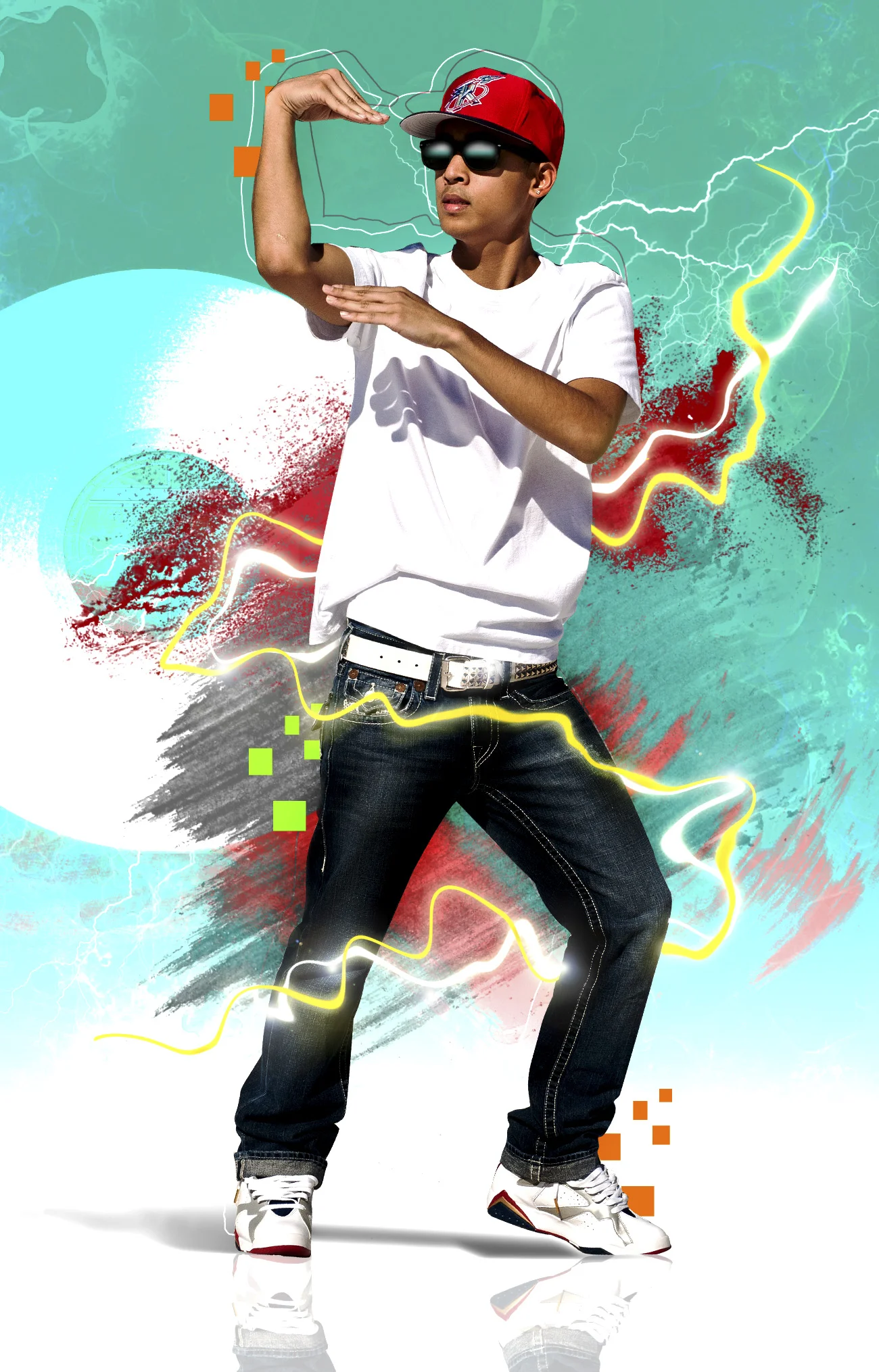Inspiration
(Scroll Down)
Music that Inspires
Humanity has an infinite number of musical genres, styles and everything in between. Music is the voice of humanity's soul. Some cultures use lyrics to express ideas and feelings, while other cultures do not have lyrics in their music and is more focused on the functionality rather than utilizing words. This section is dedicated to give credit to those who came before me. While there's an abundance of information of the different inspirations, I encourage everyone to do their own research and best of all is attend or join in with a community that produces the music that inspires you.
We stand on the shoulders of our ancestors. Musical genre influences have cross through time, but we should never forget where these styles came from.
Great website to explore the family tree of musical genres.
INDIGENOUS|Native American
While styles can vary from tribe to tribe, I'm going to keep this section repetitively general and focus more on the functionality and history of Native American inspired music. This section is to pay respect to the music I grew up listening to and from Native artists I deeply admire. Native American music has been traced all the way back to the dawn of civilization. Archaeological studies depict interaction between the various groups of people. Music was used heavily in ceremony and is considered sacred such as music for Pow Wow dances. According to Britannica, reciprocal participation in ceremonies from Woodlands to Florida to Ontario Canada has given a musical exchange. The teponaztli (similar to a log drum) and the huéhuetl (a hollow cylinder drum with skin on the top and not on the bottom and stands on 3 legs) have been played in Central Mexico since the Pre-Colombian era. During the colonial era when Spanish, English and other Europeans came to the 'new' world, much of what we know about Native American music has been wiped from history or written through Anglo eyes. For example, the Spaniard Bernal Díaz del Castillo, wrote his bias against the music of the indigenous people. According to Britannia.com "An early Andean Indian chronicler, Felipe Guamán Poma de Ayala, published a book in 1612–15 that describes Andean Indian life and customs, including music. Francis La Flesche, of mixed Omaha, Ponca, and French ancestry, was the first North American Indian to become an anthropologist; he was the author or coauthor of several early 20th-century publications on indigenous music that continue to be relevant a century later." Much of the Native American culture has been exterminated, marginalized and exploited. Today, the Native American community fights for their rights and protection of their land and equality. Famous Native American musicians include: R. Carlos Nakai, Joanne Shenandoah, Peter "Wyoming" Bender , Robert "Tree" Cody , Robert Mirabal , Robbie Robertson , Mary Youngblood , Ulali , Tanya Tagaq , Walela
Additional Info: Native American Music Awards | Beyond Buckskin (Clothing created by Native People) | History | Britannica
Hip Hop
Hip Hop and similar styles have history back to the African American community orignating in the South Bronx, N.Y. Influenced by Funk and Disco played in New York's "Disco Fever" club. However, rap did not start in the clubs but in outdoor neighborhood parties. Jamaican DJ Kool Herc introduced new sound systems but predominantly stayed in the community. From these parties sparked breakdance battles fought between pioneering rap artists and dance crews. Old Skool Rap has a very distinct sound resonating the late 1970s to 1990s musical style. Oftentimes artists would draw influence from Disco and Funk and rap on top of the instrumental songs. Mixing and Scratching became a popular style. Other similar 'family tree' music that was influenced by early Hip Hop and Rap include: Golden Age Rap, Jazz Rap, West Coast (Gangsta Rap), Trap & Drill, Miami Bounce, RNB, Dancehall and Electro among many others. From music, Hip Hop became a culture of it's own from dance style, fashion and slang. "Slowly a new style of Rap music bubbled up in the shadows of Southern US underground: Trap. This particular type of South Rap differs from other Rap by adding lots of synthesizer and being often completely computer made with lots of hard, digital sounds instead of R&B samples" (musicmap.info). Some of the most famous artists include The Notorious B.I.G, Drake, Migos, Lil' Wayne, DJ Khaled, Kris Kross, N.W.A, Tupac, Eminem, Snoop Dogg, Grandmaster Flash, Warren G, 50 Cent, Ice Cube, Rick James and Dr. Dre along with many others. Hip Hop has become a global phenomenon but will always have it's roots in the African American community. From the streets of New York to the biggest festival and clubs, this style will always influence and inspire many artists to come.
Additional Info: History Channel | Independent | NPR | PBS


